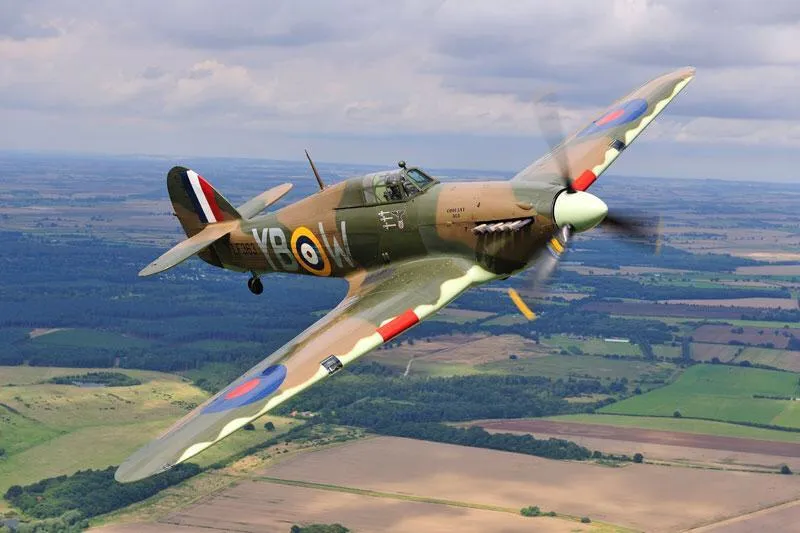The evening of 22nd January Squadron Leader Derek Gould gave last instructions to 4 pilots for the next mission for tomorrow morning...
On the 23rd January 1942, Pilot Officer Don Edy took off at 07.30 AM (in P3822) (his 43rd & last operational mission) for a recco battle area with 3 other pilots: Flight Lieutenant Cloete & Sergeant Stammers, the first pair, and Pilot Officer L C Wade (Z4251) who was the leader of the second pair.
After 20 minutes flying, Don Edy saw some dust clouds ahead, He thought maybe it was some take off of 109. The orders were clear: no fight with 109. Suddenly Wade climbed at 1000 ft, it was difficult to Don Edy to follow him with his old Mk I. At first, Edy thought that Wade wanted to attack, finally Wade circled during 3/5 minutes, to be sure it was not 109 and to understand it was a column of German trucks. Wade made an attack followed by Edy, At the first pass Wade touched a gas truck which exploded when Edy was almost over it. They made 3 pass surrounded by the fire of the Flak (20 mm) posted at the back of some trucks, the sky was thick with little black puffs of smoke. At the third pass the old Mk I of Edy received 2 bullets one in the radiator, another in the engine.
Too difficult to fly, Don Edy made a successful belly landing, at the same time L C Wade was circling around him to protect. Some minutes after the wheels and flaps of his hurricane were down, but the ground was too rough to land and pick up Edy. After some times, Wade waved to Edy to say he was sorry to come back. At his comeback, Pilot Officer Wade has written: Pilot Officer EDY Missing, believed POW. Many Souffan, Paris France via RAF Commands


